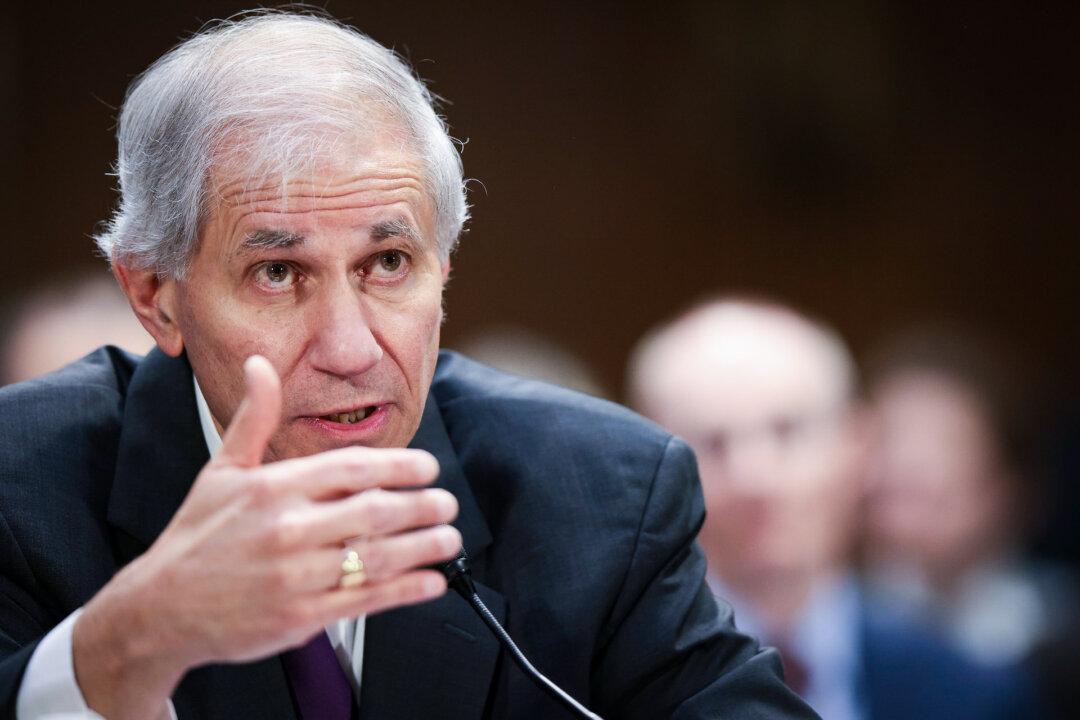Wall Street’s main indexes dipped in early trading on Dec. 15 as recent readings on inflation appeared to solidify bets that, later in the day, the Federal Reserve might announce a faster phase-out of pandemic-era stimulus that has provided a tailwind to financial markets.
Investors await Wednesday’s conclusion of the Fed’s two-day policy meeting, with expectations building for officials to announce a faster timeline for phasing out the central bank’s $120 billion per month asset-buying program, currently set to conclude by June 2022. At the Fed’s prior meeting in September, officials voted to start scaling back the program at a pace of $15 billion per month, though Federal Reserve Chair Jerome Powell later said that a faster taper could be considered if warranted by economic data.
Since then, a flurry of jobs data showed the labor market firming and inflation accelerating to its highest level in 39 years. This has prompted more economists to call for a quicker end to the asset purchases—which would also pave the way for sooner interest rate hikes—along with more investor bets that the Fed would taper faster.
“Just one meeting after beginning to taper their bond purchases, inflation has the Fed poised to accelerate the timeline. The current pace would wrap up bond purchases by June, but doubling the pace would get them done by March so they could undertake interest rate hikes sooner,” Bankrate Chief Financial Analyst Greg McBride told The Epoch Times in an emailed statement.
“The Fed has a simple choice this week. It can either continue with its gross mishandling of inflation or, instead, start regaining credibility and its control of the narrative on inflation and monetary policy,” he wrote.
Stocks are back at record highs following last week’s selloff, which appeared to be sparked by Omicron fears.
Nick Reece, Vice President of Macro Research and Investment Strategy at Merk Investments, told The Epoch Times in an emailed statement that last week’s pullback of around 4 percent in the S&P 500 was “not enough to serve as a healthy correction.” He added, however, that “data suggests the market outlook continues to be supported by the ongoing economic expansion, a remaining wall-of-worry to climb, and the TINA effect,” referring to the acronym for “There Is No Alternative,” a term investors use to describe a less-than-ideal portfolio allocation as other asset classes offer worse returns.
Reece added that the Fed wants to tighten monetary conditions in a way that doesn’t trigger financial instability, but noted that “the current swaps curve implied forward rates suggest the Fed might be on course to overtighten in ‘22 and ‘23 and then have to cut rates in 2025.”





